Differences between Power vs. Energy: [kW vs. kWh]⚡2025
Posted 6 Jun
Posted 6 Jun
Today, with so much interest in electricity, whether it be via home solar
systems
or more recently, electric vehicles (EV's), the confusion between power and energy
and how they are related.
Power is that force which moves vehicles, heats our water, powers
our electronic devices and so on.
Power = kW (Kilowatt)
Energy is the amount of power being used over
time.
Energy = kWh (Kilowatt-hour)
Power, which is measured in Watts (W), Kilowatts (kW), and Megawatts (MW), represents how quickly work can be done and how fast energy can be produced or consumed.
Say if you had a car at a stop-still, and needed to accelerate to 60 km as fast as possible, the car would accelerate and use lots of power to propel the vehicle forward to reach 60 km within 20 seconds.


Energy on the other hand, is different because it measures how long that vehicle needed to produce power. The energy needed is greater when the time is reduced to match the power output, whereas if the vehicle had more time like 40 seconds, the power usage wouldn't be as much, therefore reducing the overall energy needed.
Energy is also measured in the same way power is, however has a time aspect added. Watt-hours, Kilowatt-hours, and Megawatt-hours.
Have you heard the term kW?
Watts (W), Kilowatts (kW), and Megawatts (MW) are all units of measurement of power. So you'll notice when
looking at EV chargers, they'll mention '7kW of charging' etc.. This is what it is referring to.
An example differentiating Power and Energy is electric vehicles. Electrical power from the battery produces that force which propels the vehicle forward.
Energy is the result of that power being used over a certain amount of time. Electrical power multiplied by the time is the energy.


How about Electric Vehicle charging?
As mentioned before, EV chargers are generally measured in kW's which indicates the speed that it recharges at.
We install a 360kW charger, which can provide the full 360kW of DC power into the 81 kWh battery in the Tesla Model Y.
In a perfect world with no losses etc. the Tesla would fully-charge in just over 14 minutes.
81 (kWh) ÷ 360 (kWh) = 0.225 which put into
minutes is 13.5 minutes.
Solar panels are measured in watts (415W solar panels) and when in an array, that system ranges anywhere in the kilowatts (a 6.6kW solar system). This total generation capacity is calculated by simply adding the entire systems' production potential if the sun is completely visible etc.
An inverter also works in kilowatts as it is in charge of converting DC power from the solar panels to AC power which the house can use.
Battery storage however, is typically measured in the amount of energy (kWh) which indicates the maximum storage capacity. If a home battery had 15 kWh of Energy, with a maximum output of 5 kW of Power, the battery would be able to last 3 hours at that maximum power output.
Most product datasheets have information indicating what the product ratings are with kW's and kWh's.
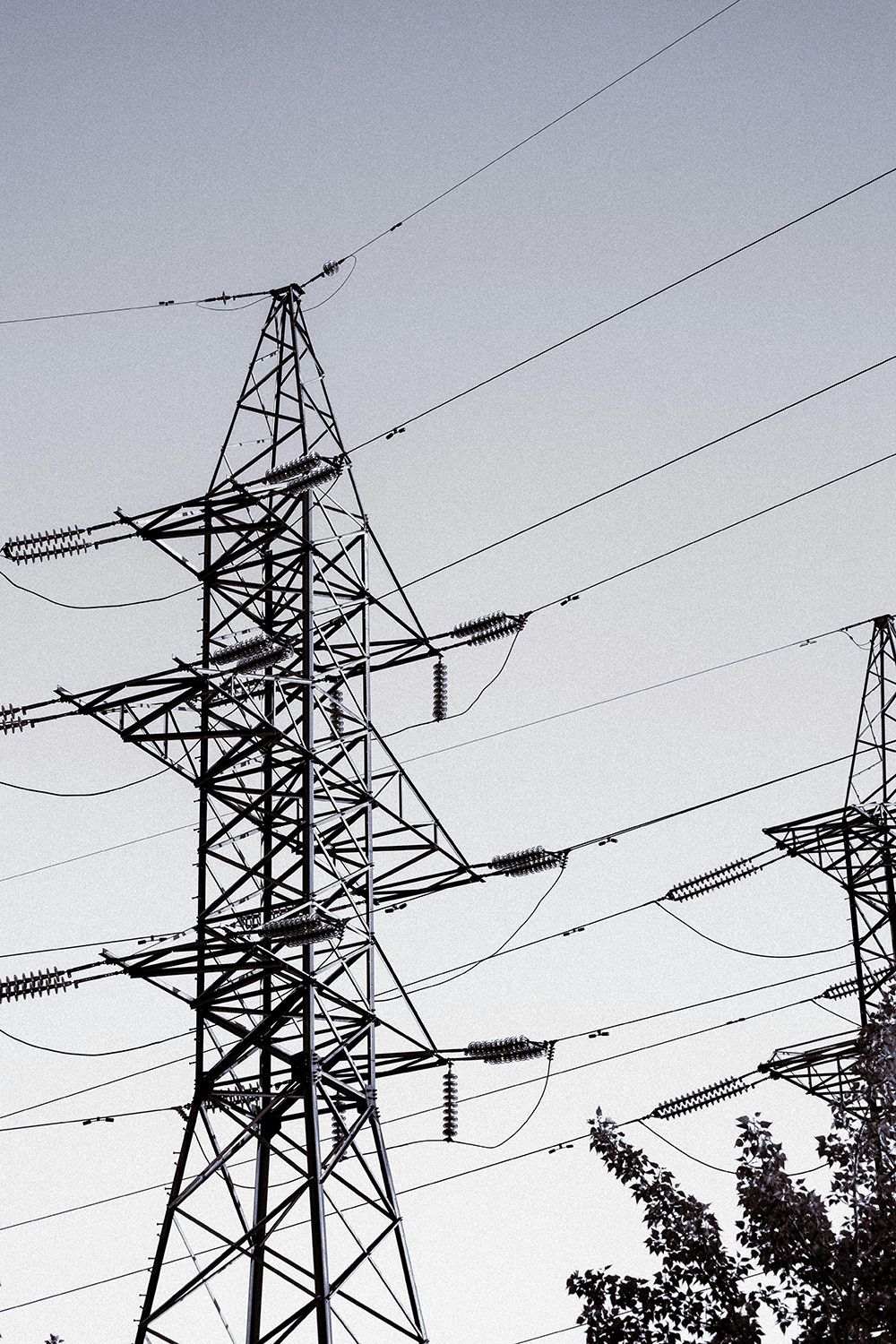
Hopefully you have a better idea on the differences between Power and Energy!
If you'd like more information on electrical topics like this, please feel free to have a look around at our other articles which cover topics like AC vs. DC, Single vs Three Phase etc.
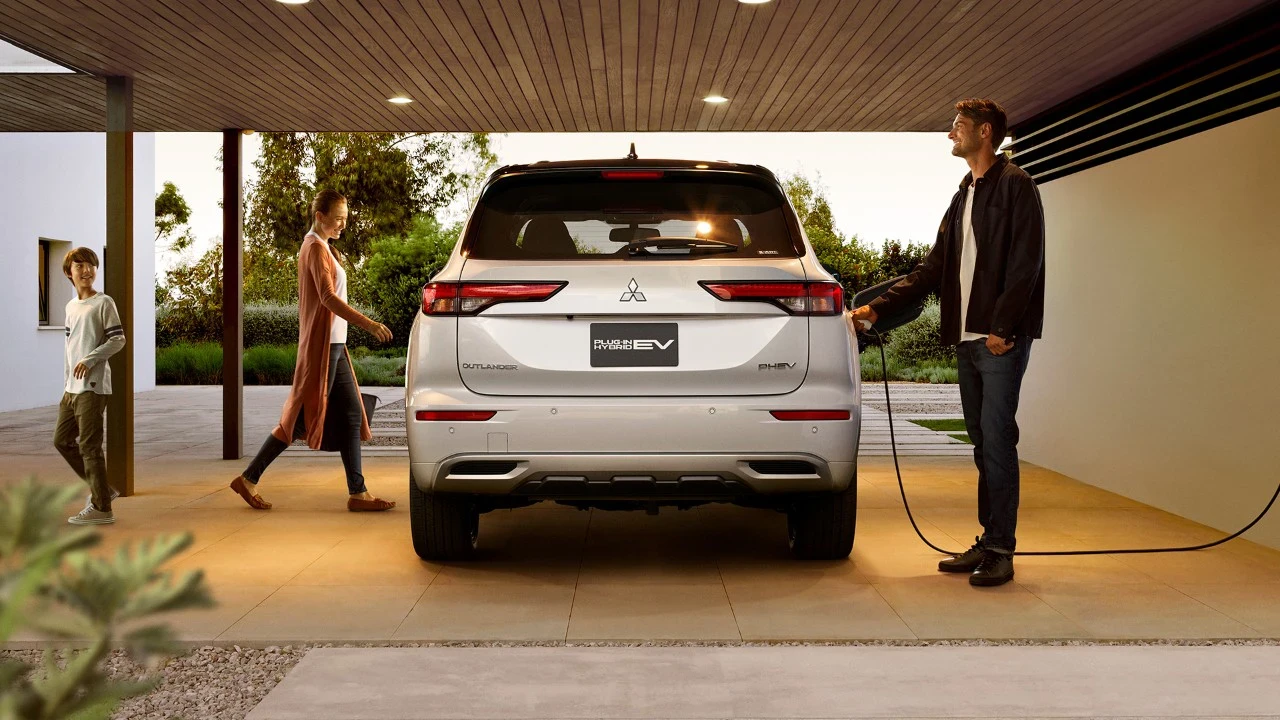
Should solar owners get a home battery (ESS) or wait for vehicle-to-home (V2H) technology to use electric vehicle battery power to be available in Australia?

Discover available rooftop solar PV rebates, loans, and incentives in Newcastle, Maitland, and the Hunter, NSW and explore eligibility and how to apply.

Discover the differences between AC-coupled and DC-coupled solar battery storage and how they differ in configuration for homes across Australia in 2025.
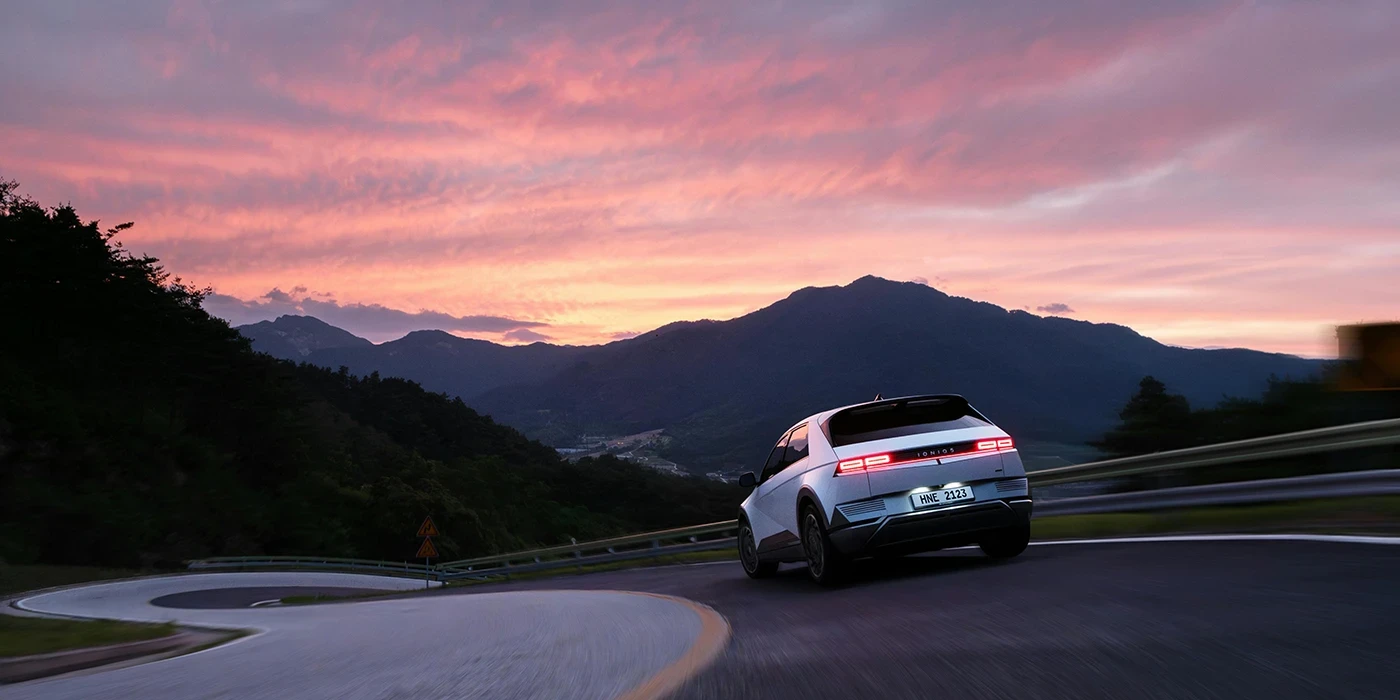
Explore the pros and cons of investing in on-site EV charging for fleet management or using public EV chargers for your business's electric car fleet in NSW.

With homes, Australian standards, and energy networks being ready for bidirectional charging, why the wait? Let's explore grid, EV, & charger developments.

Discover the differences between Tesla Powerwall 3 and Sungrow SBH battery storage and which one is better suited for homes across Australia, NSW in 2025.
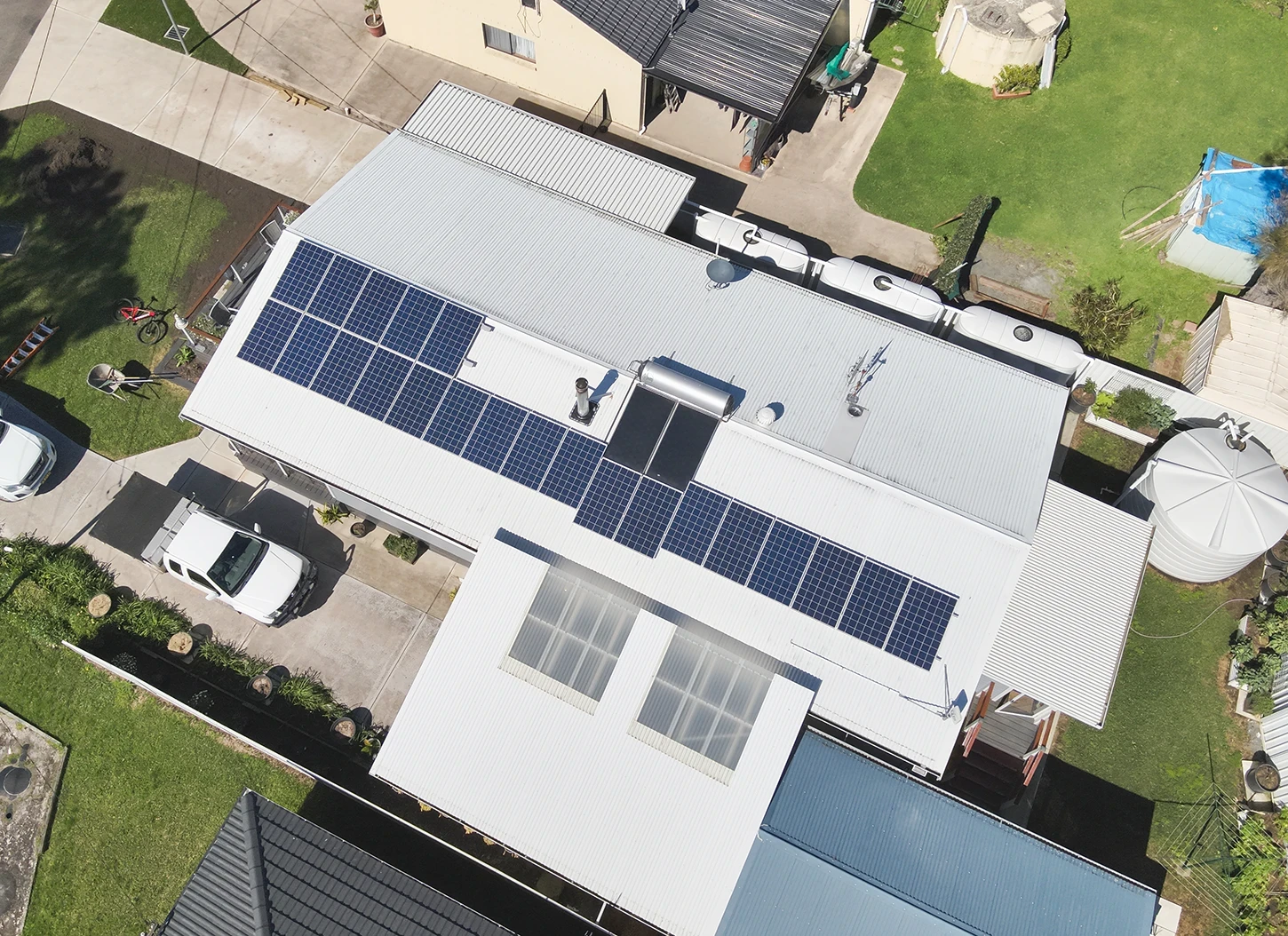
Explore the differences and if hot water solar or solar PV systems are better, along with heat pumps and electric water heaters for home savings in Australia.
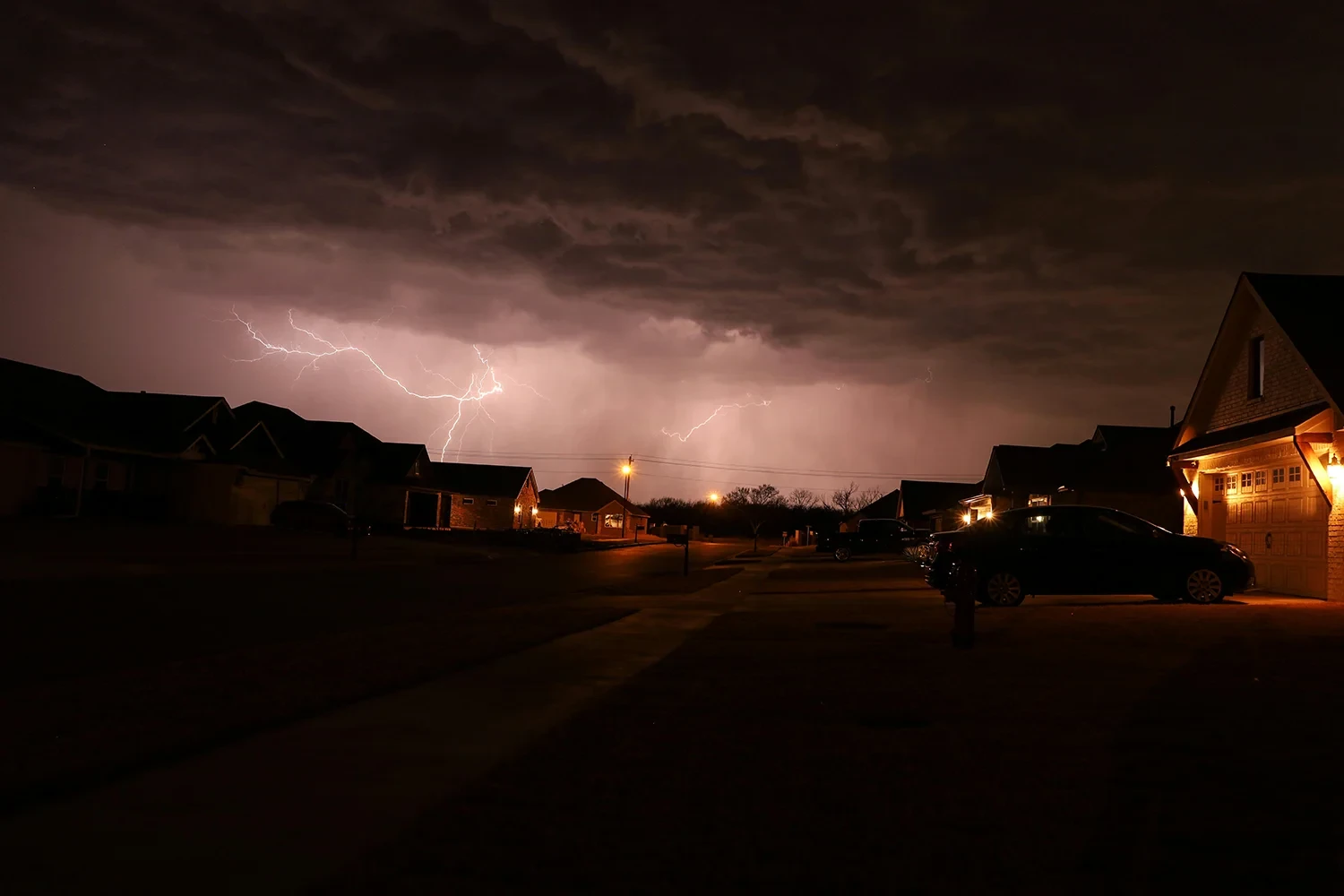
A very strong storm passed through the Hunter, leaving over 100,000 homes without power. Here's how you can protect your home's energy with independence.

As 2025 comes to light, homes and businesses in NSW have access to a range of rebates and subsidies that allow for discounted installations of solar and battery solutions.

Explore various ways where homes and businesses can reduce electricity bills and maximise solar generation in Newcastle and the Hunter, NSW for 2025.

Rooftop and ground mounted solar are ways you can add solar to your home.. but which is better? Compare roof vs. ground solar systems and see what's best.
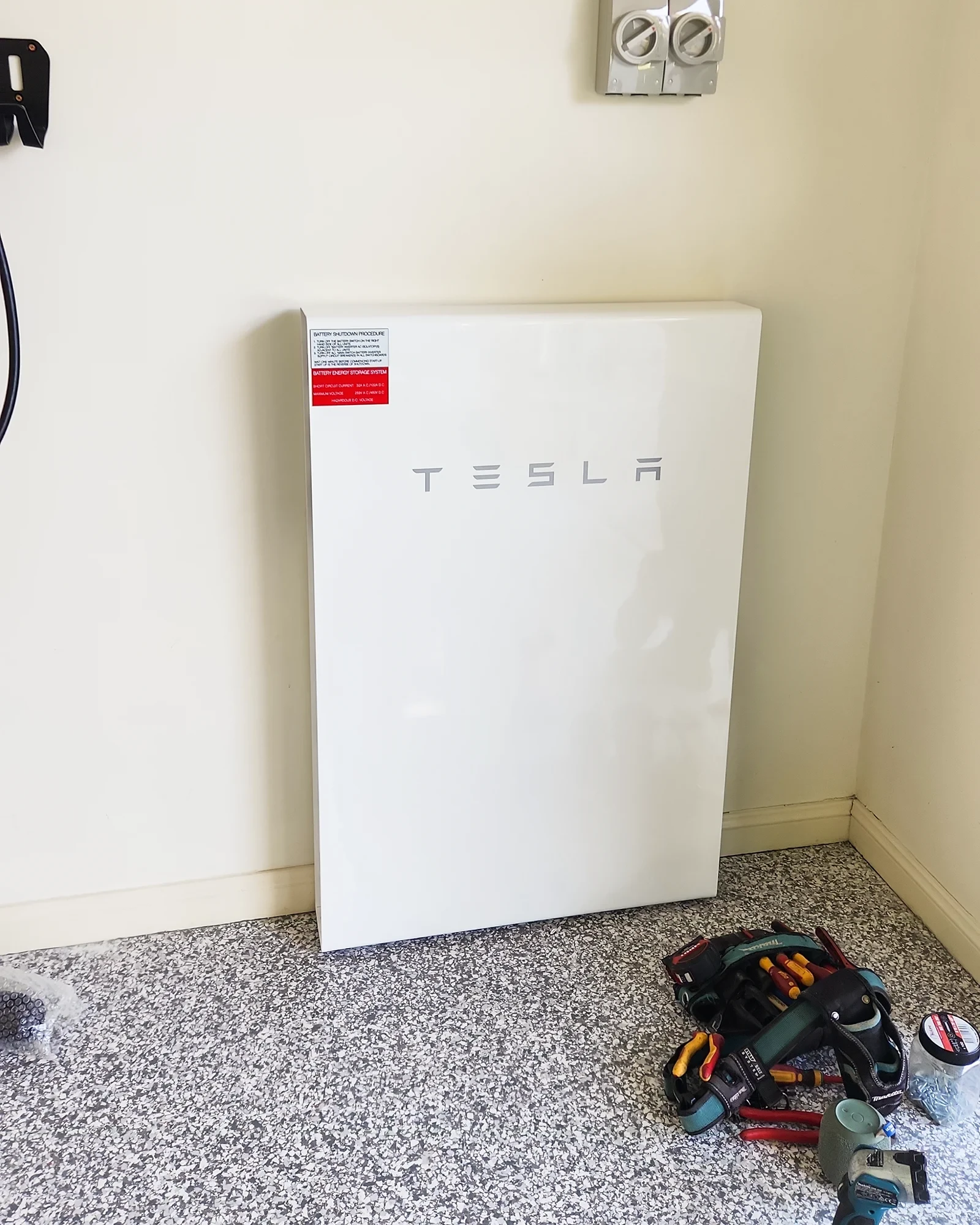
Explore the NSW battery 'rebate' (Peak Demand Reduction Scheme), approved battery brands, pricing, and how you can be eligible to save on your first battery.

What size battery is right for you? Discover whether a 6kWh, 10kWh, or 15kWh+ is the best home storage option for maximising your solar energy in Newcastle.

The journey of bidirectional charging in Australia has hit a milestone with the recent approval of the new standard for vehicle-to-grid (V2G) charging for 2025.
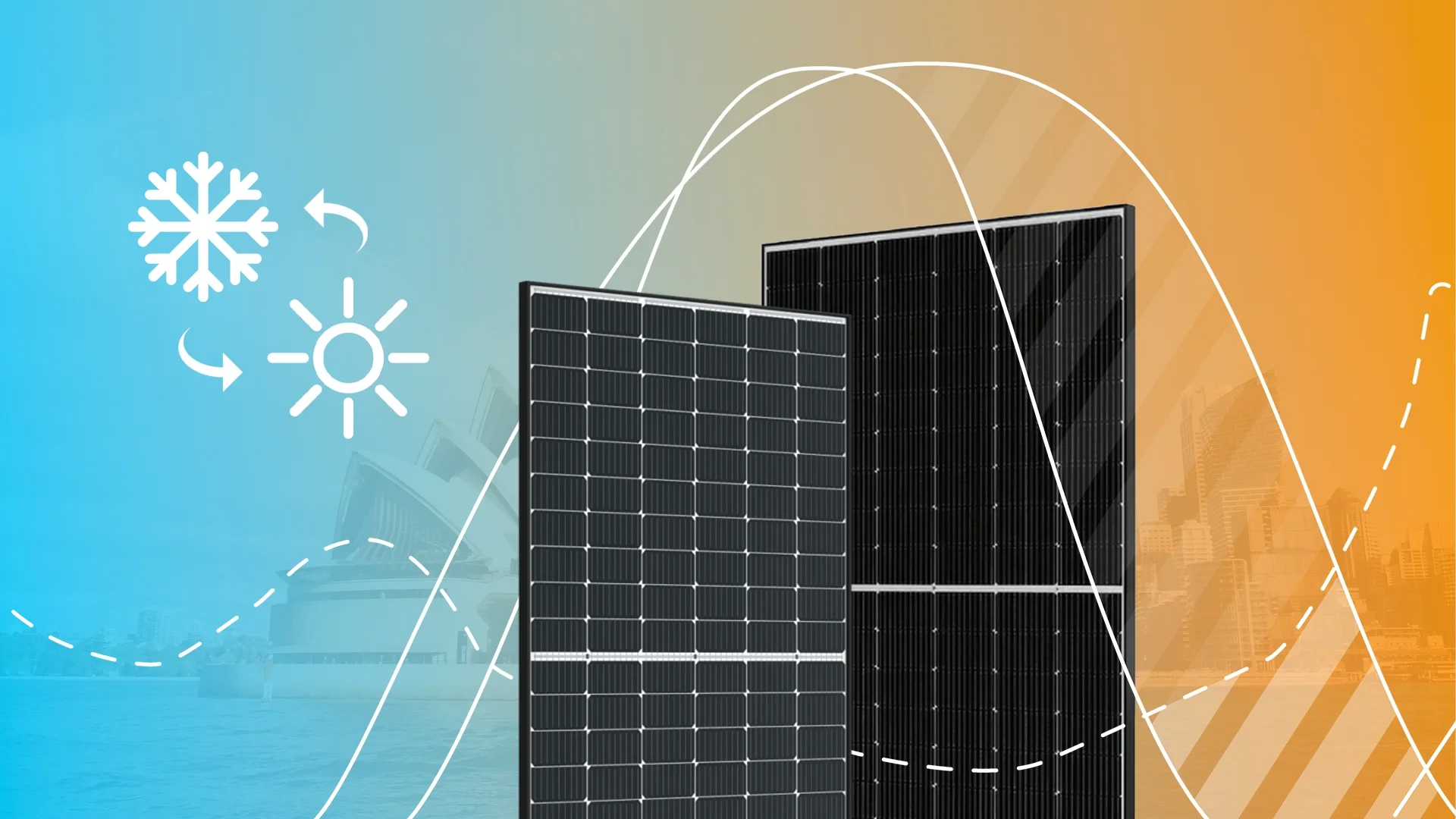
Explore how daylight savings and seasonal changes during winter and summer can affect your solar panels performance and solar generation in NSW, Australia.

For cabins, homes, and sheds with limited or no access to grid energy, getting an off grid solar and battery storage system may be worth it in NSW in 2025.

Everyone has seen a solar installation a normal roof like tin or tiled roofs, but have you ever seen a solar installation a roof made of Brass? Well we did one...

With the release of the new Clean Energy Council (CEC) H1 2024 report on solar and battery storage, it gives an idea of the upward path of Australia’s renewable energy adoption.

Amber & ARENA have started trials for Vehicle-to-grid technology in NSW, Australia to help develop standards and framework in V2G and Bidirectional charging.
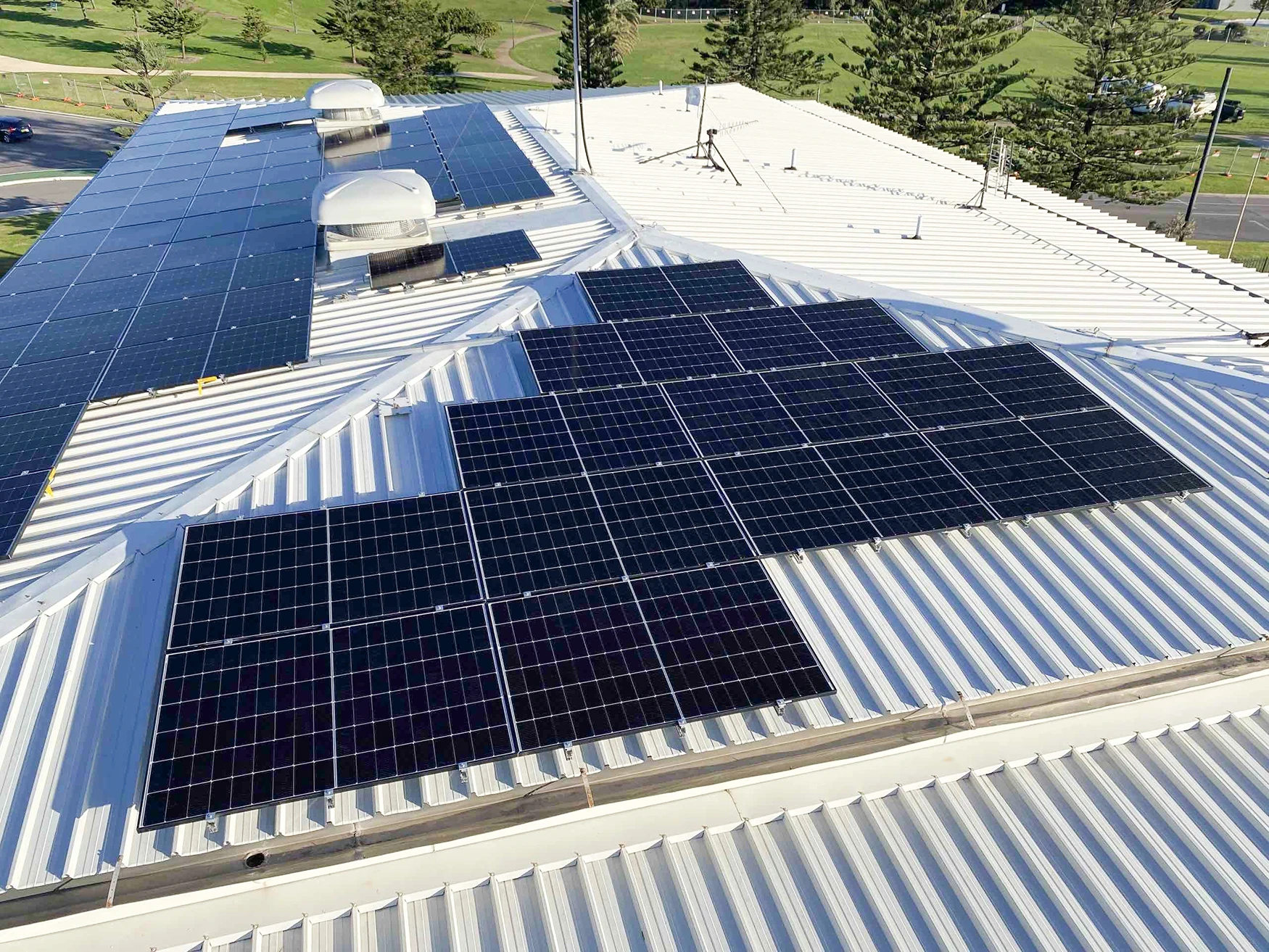
Are you maximising your solar energy production? Explore ways to improve self-consumption, and accelerate returns and benefits in NSW with solar tariffs.

What's the difference between Tesla Powerwall 2 and 3? Compare specifications, release dates, features, and compatibility between Powerwalls in Australia.

With the surge in battery adoption in Australia, many are curious to know if home battery storage is safe and if they pose a fire risk. Here are fire statistics..

Investing in your solar system has many opportunities, but should you replace your panels, upgrade with more solar, or add battery storage to your home?

Though bidirectional charging isn't available, vehicle-to-grid is already turning heads in Australia with its potential to change energy consumption and distribution.
![Differences between Power vs. Energy: [kW vs. kWh]⚡2025](/media/website_posts/78/lightblub-energy.webp)
What are the differences between power vs. energy and kW and kWh? Let's explore the real world similarities & differences to how electricity is stored and used.

With the uptake of solar and battery systems, Microgrids, Virtual Power Plants, and Distributed energy resources are becoming more apparent. What are they?
Leave a Comment